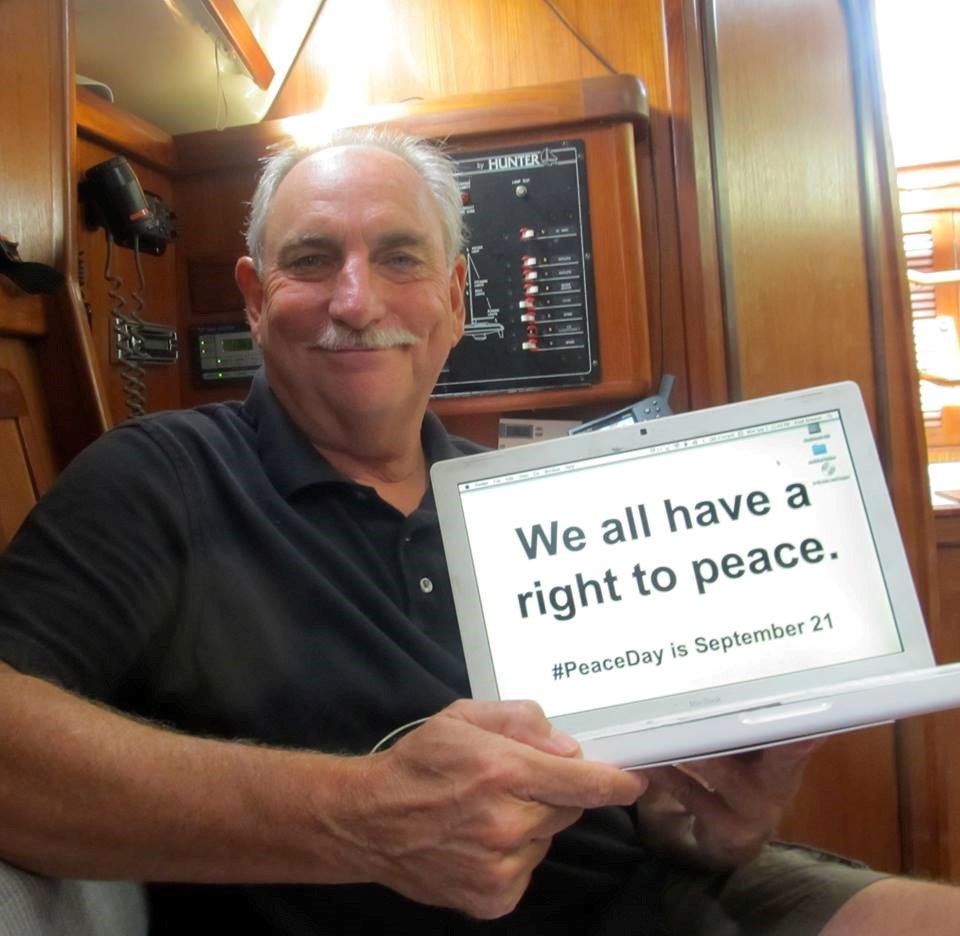Two-Party Conflict Resolution

Whether at the negotiation table between Palestine and Israel, the living room couch in your home, or on a swing set in a playground, the art of listening is essential in creating a nonviolent world. To be attentive, or alert to the conditions that create the potential for violence, is a necessity for resolving the divisions that create conflict.
Conflict Resolution between two people can be defined as: The process of identifying common ground and solving differences to the satisfaction of each party; engagement for the purpose of alleviating or eliminating discord.
Conflict resolution is the process of positive engagement. In the world of violence, however, engagement is negative.
differences that created the conflict in the first place. In the dynamics of nonviolence The focus is on the opposing sides in a dispute. If one person or group wins, the other loses. In the dynamics of violence, there is a culprit and a victim.
On the other hand, in the world of positive engagement the emphasis is on the dispute itself. The focus changes from the struggle between two parties to a common struggle against the, there are no culprits and victims, only two sets of opinions on how the world should be.
When people engage in the process of conflict resolution, the rush to judgment is deferred so that the underlying facts can come to light. Both parties must have an understanding that to fully resolve a dispute, there can be no winners and losers. History shows that a win/loss result based on who has the power to dominate usually leads to increased resentment and, eventually, to the resurgence of more violence.
When the techniques of conflict resolution are used properly, even the most complex situations can be restructured for the advantage of both parties. Conflict resolution involves finding a solution that ensures one side’s power does not abuse the other. It involves listening and sharing, empathizing and understanding, negotiating, and compromising. It also involves giving and receiving in order to achieve shared goals.
The essential skills in conflict resolution are analysis and negotiation rather than domination and control. Success of the process depends on both parties being committed to a resolution, either by disposition, desire, or need.
Example: Two Boys and a Swing…
One morning at recess, a young boy grabs a swing from another boy. The second objects and raises his arms to fight, but he realizes the other is far bigger.
“You took my swing!” the smaller one bellows.
“It’s mine!” blasts the other.
“I’ll tell the teacher,” the smaller one threatens.
“If you do, I’ll beat you up!”
The bigger one holds the swing away from the other as if to mark his position. The two boys square off. Neither gives ground.
“It’s not fair,” the smaller one begins to negotiate.
“Go away.”
“I won’t. I was here first. I’ll tell the teacher.”
The bigger boy considers. He could certainly beat the boy up, but then the debate would be between him and a more powerful party, the teacher who has spent many class hours extolling the virtues of sharing and empathy.
“You were taking too long,” the bigger boy tries.
“What’s too long?” asks the smaller one.
“Five minutes.”
“Then I still have three minutes.”
The bigger boy is unsure of the facts, but there seems to be a compromise proposed and the teacher’s intervention might be avoided. Besides, the smaller boy was not that bad. He was even pretty good at baseball.
“If I give you the swing, will you play on my team?”
The smaller one nods. It was actually something he wanted. The proposal has changed the dynamic of the conflict. Suddenly, there is a value-added proposition.
“Okay, three minutes.” The bigger boy holds the swing beyond the smaller one’s reach. “You promise?”
“I do.”
The bigger one slowly gives the smaller the swing, then he stands clear as the other swings for far less than three minutes then relinquishes.
As the bigger boy begins his turn, the smaller one stays to watch. As the sun rises a little farther in the sky, their differences are forgotten. They switch back and forth and both can’t help but share the pendulum lightness of morning recess.
The steps of two-person conflict resolution are tried-and-true:
- Define the problem in terms of both parties’ interests
- Identify all possible options for solution
- Evaluate those options for solution
- Add additional value to the options, if necessary
- Decide on a solution acceptable to all parties
- Develop an implementation plan
- Develop a process for evaluating the results
- Talk about the experience and learn for the future
Since conflict will always be with us, it is how we handle natural disputes that determine the kind of world in which we live. The conflict resolution process is simply a natural way to alleviate or eliminate the polarization of conflict. After a satisfactory solution is attained, observers and historians will label the method used as any one of the many nonviolent methods outlined in this book, such as negotiation, diplomacy, mediation, or arbitration. Fundamental to all of these diverse tools are the basic tenets in the engagement process.
Yet beyond the basic conflict resolution process, where restructuring of current tensions provides a win-win situation in present time, is another evolution of nonviolence. Conflict transformation is the process of changing the patterns that create the future endemic, or repetitive, dynamics of conflict.
For long lasting peace to reign, we must learn from past experiences. There must be an evolution from conflict resolution to conflict transformation, where the structures, beliefs, and interests of the parties are altered to address the underlying roots of future tensions.
This article is excerpted from “The Elements of Peace: How Nonviolence Works” by J. Frederick Arment, published by McFarland Academic Publishers